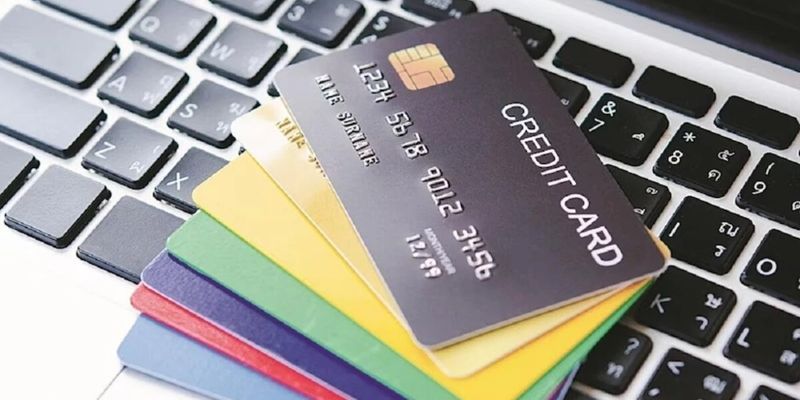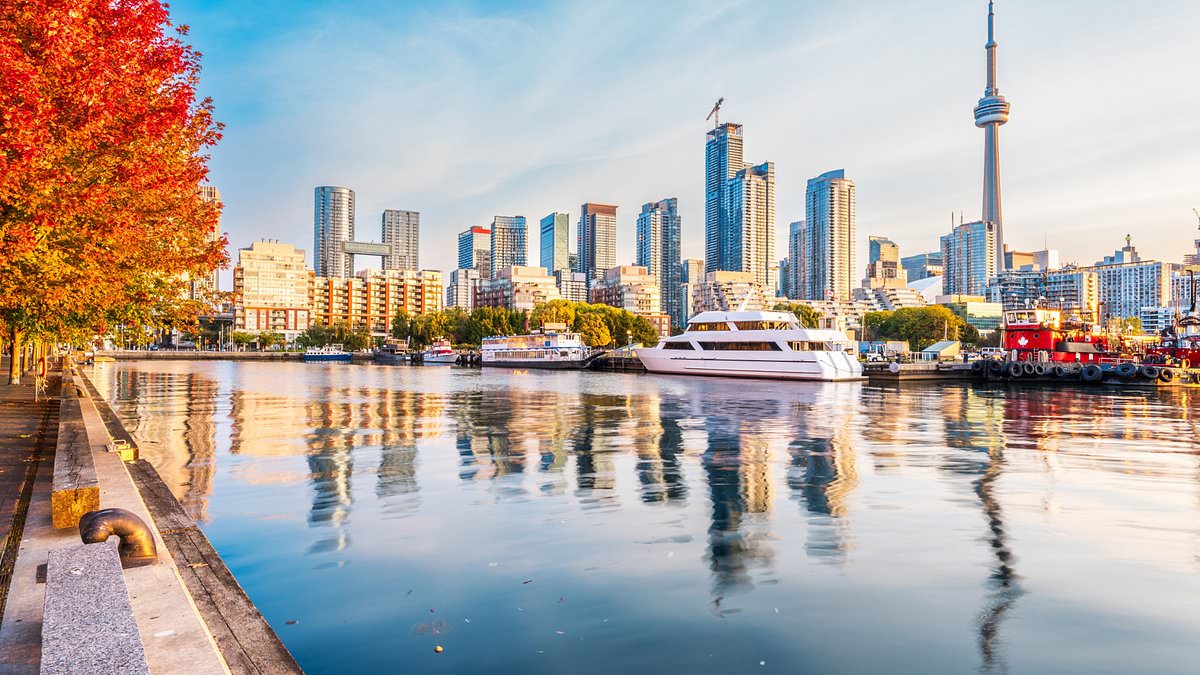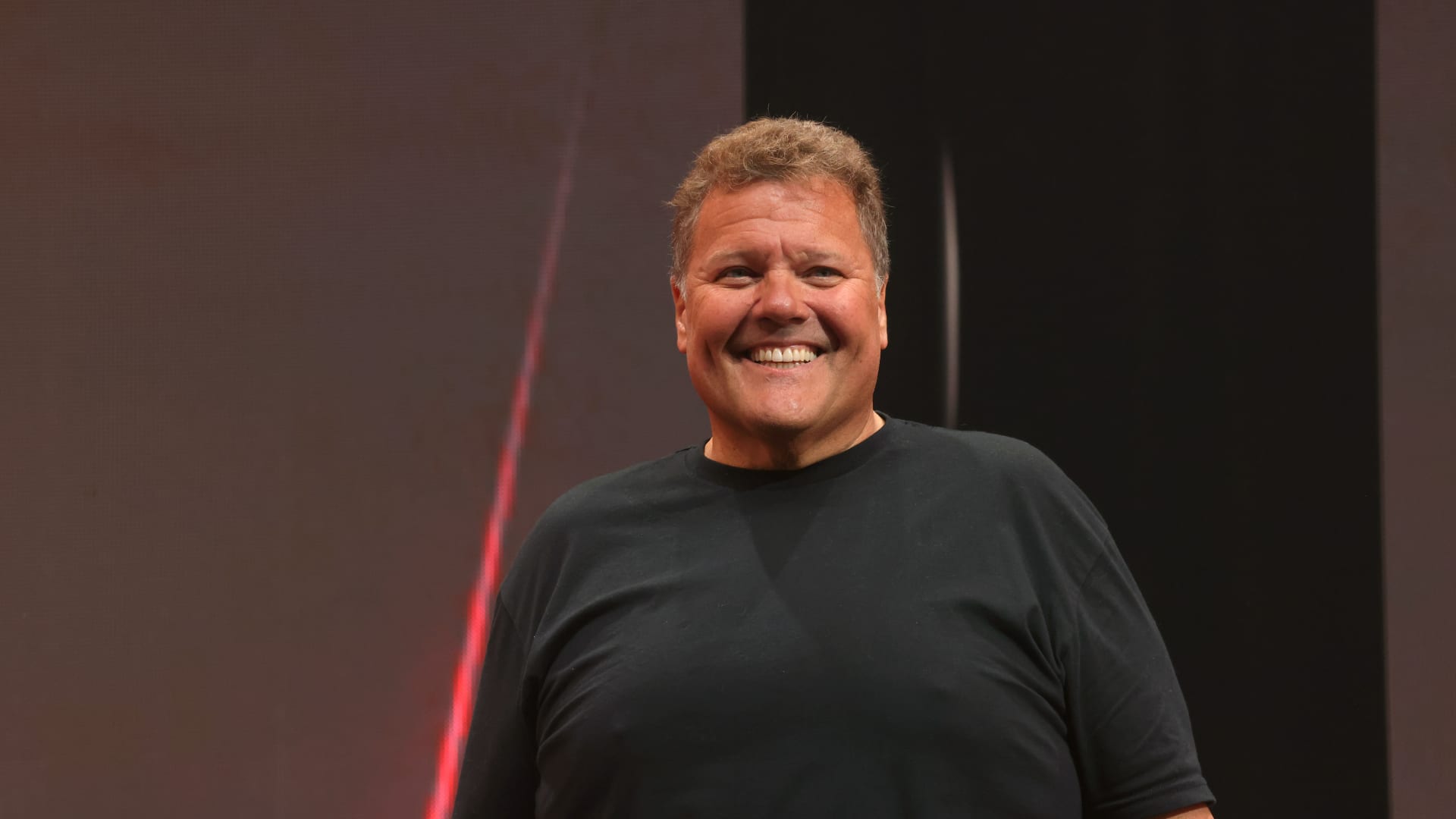Copyright yourstory

In 1950, New York businessman Frank McNamara turned an awkward moment—arriving at dinner without his wallet—into a new way to pay. His Diners Club Card was a simple cardboard charge card that let members eat now and settle one consolidated bill later. Within months, the concept spread to thousands of users and dozens of restaurants, proving there was an appetite for a portable, multi-merchant “IOU.” Of course, “buy now, pay later” wasn’t new. Mesopotamian clay tablets recorded debts millennia ago, and early 20th-century America used metal charge plates and store-ledgers for local tabs. But Diners Club did something crucial: it detached credit from a single store and made it portable across unaffiliated merchants—planting the seed for modern, networked credit. From “pay in full” to “pay a little” 1958 was the plot twist. Bank of America launched BankAmericard—later Visa—which, unlike charge cards, allowed revolving credit: you could pay part of the bill and carry the rest for a fee (interest). That single design choice transformed cards from convenience tools into profit engines. American Express debuted the same year, but as a charge card requiring payment in full. Revolving credit, however, is what scaled—and what still drives bank revenues today. The Fresno “drop,” paperwork chaos—and an upgrade to silicon To blitzscale adoption, Bank of America mailed tens of thousands of unsolicited, active cards to households in Fresno in 1958—the infamous “Fresno drop.” The marketing succeeded, but it also sparked fraud, delinquency and public backlash. Congress eventually banned unsolicited card mailings in 1970. Meanwhile, retailers were literally stamping cards onto carbon slips. As usage boomed, banks faced warehouses of paper and delayed billing. The fix arrived via technology: IBM’s magnetic stripe and the first electronic authorisation networks in the early 1970s (VisaNet), which turned manual slip-stamping into near-real-time processing. Scoring your life—then selling you more of it By the late 1980s, CIBIL scores condensed your credit history into a three-digit number, standardising lending but also embedding existing disparities. Payment history and utilisation now drive most of your score, so missing payments on a revolving card hurts twice—through fees/interest and your future borrowing costs. The lifestyle sell: from stigma to “freedom” Early bank ads reframed credit from moral failing to modern freedom—spend now, manage later—while rewards sweetened the pitch. Over time, sign-up bonuses, co-brands, and points nudged households to hold multiple cards and push more spend onto plastic. It worked: in 2023, U.S. credit card balances topped $1 trillion, and the industry earned over $150 billion in interest and fees. Nearly half of users carry balances month-to-month, paying for last month’s life at this month’s higher APR. It’s 2025: swipe, tap, split—repeat Cards didn’t fade with fintech; they shapeshifted. Tap-to-pay is everywhere, rewards are gamified, and Buy Now, Pay Later (BNPL) overlaps with credit cards in regulation and behaviour. Regulators in 2024–25 even applied credit-card-like protections to BNPL, acknowledging that instalment plans can function like revolving credit at checkout. The hook in the fine print Why do we get “hooked”? Three design choices keep us on the line: Revolving by default. Minimum payments look friendly but extend repayment dramatically and maximise interest revenue. Rewards masking costs. A 1–2% reward can be wiped out by a few months of 20%+ APR interest. Score incentives. Lenders consider your card history when pricing mortgages or car loans; closing old cards or maxing limits dents your score and raises costs. Data check: how fast debt scaled 1956 → 1967: U.S. consumer credit more than doubled, as cards diffused into middle-class life. 2023 → 2025: Credit card balances broke $1T and remain elevated; delinquency rates have climbed, especially among younger borrowers. Swipe smarter (and keep your future cheap) Pay in full. If not possible, attack your highest-APR balance first. Automate good behaviour. Autopay the statement amount; add a mid-cycle payment to keep utilisation under 30%. Don’t chase every bonus. Each new card comes with an enquiry, an annual fee, or a temptation to overspend. Treat BNPL as credit. The same rules apply: it’s debt, not magic. Know your rights. Dispute protections exist for cards—and now, increasingly, for BNPL too. Bottom line A misplaced wallet gave us convenience; revolving credit, deregulation, and algorithms turned it into a system where many pay a premium to spend yesterday’s money today. The earliest cards were limited—but they also kept you honest. In 2025, the tools are sleeker and the hooks subtler. Use the perks, dodge the traps, and let you decide when the bill comes due—not your APR.



